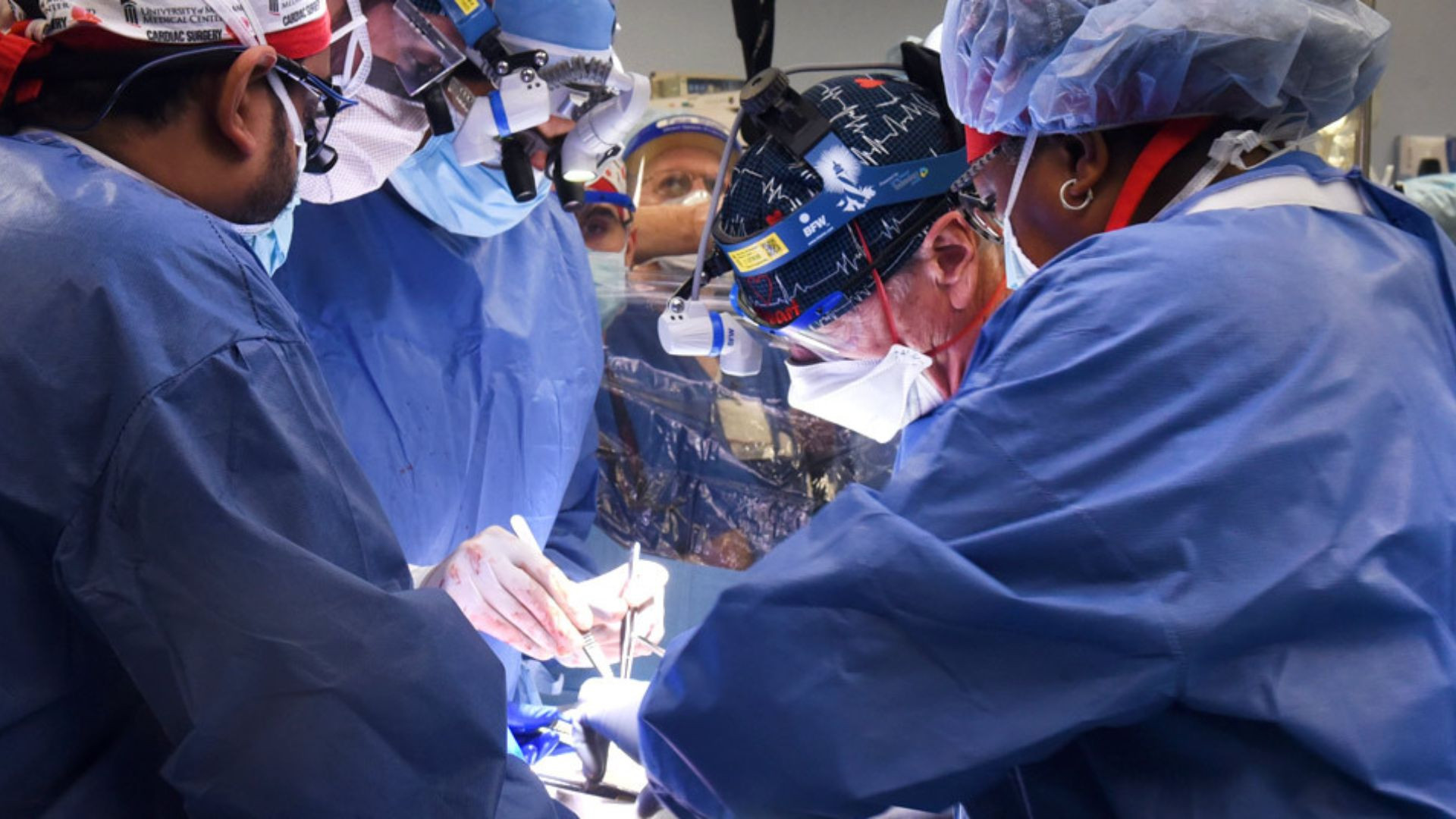In 2022, David Bennett, a 57-year-old man from the US, made medical history by becoming the first human to receive a genetically modified pig’s heart. This groundbreaking surgery offered hope for patients with end-stage heart failure who were not eligible for a human heart transplant. However, Bennett’s story took a tragic turn when he passed away just two months after the surgery, not due to rejection of the foreign organ, but because the donor’s heart was already infected by a virus.
The news of Bennett’s death was disheartening, but it did not deter the University of Maryland School of Medicine (UMSOM) from continuing their research and efforts in the field of xenotransplantation. In fact, just this year, UMSOM performed its second transplant using a genetically modified pig heart on a 58-year-old man on September 20. This marked the second time in the world that a genetically modified pig heart had been transplanted into a living patient.
The field of xenotransplantation, which involves the transplantation of organs or tissues from one species to another, has long been a topic of interest and research in the medical community. The shortage of human organs for transplantation has led scientists to explore alternative sources, such as animal organs, to meet the growing demand.
One article that sheds light on the potential of xenotransplantation is “A New Lease on Life: How NHS is Saving Children with Gene Therapy for MLD.” This article discusses how gene therapy has revolutionized the treatment of children with metachromatic leukodystrophy (MLD), a rare genetic disorder that affects the nervous system. By modifying the genes of the patients’ own cells, doctors have been able to provide a new lease on life for these children, offering hope where there was once none.
While the article focuses on gene therapy for MLD, it highlights the power of genetic modification in medical advancements. This same principle applies to xenotransplantation, where scientists are modifying the genes of pigs to make their organs more compatible with the human body. By incorporating the referenced article, readers can gain a deeper understanding of the potential of genetic modification in medical treatments and how it extends beyond xenotransplantation.
As researchers continue to push the boundaries of medical science, it is important to acknowledge the risks and challenges associated with these groundbreaking procedures. The case of David Bennett serves as a reminder that there are still many hurdles to overcome in the field of xenotransplantation. However, with each new transplant and research breakthrough, we inch closer to a future where organ shortages are a thing of the past and patients like Bennett can have a second chance at life.
Sources:
1. https://interestingengineering.com/health/pig-heart-transplant-patient-died
2. https://paulwilliamsdds.com/a-new-lease-on-life-how-nhs-is-saving-children-with-gene-therapy-for-mld/

